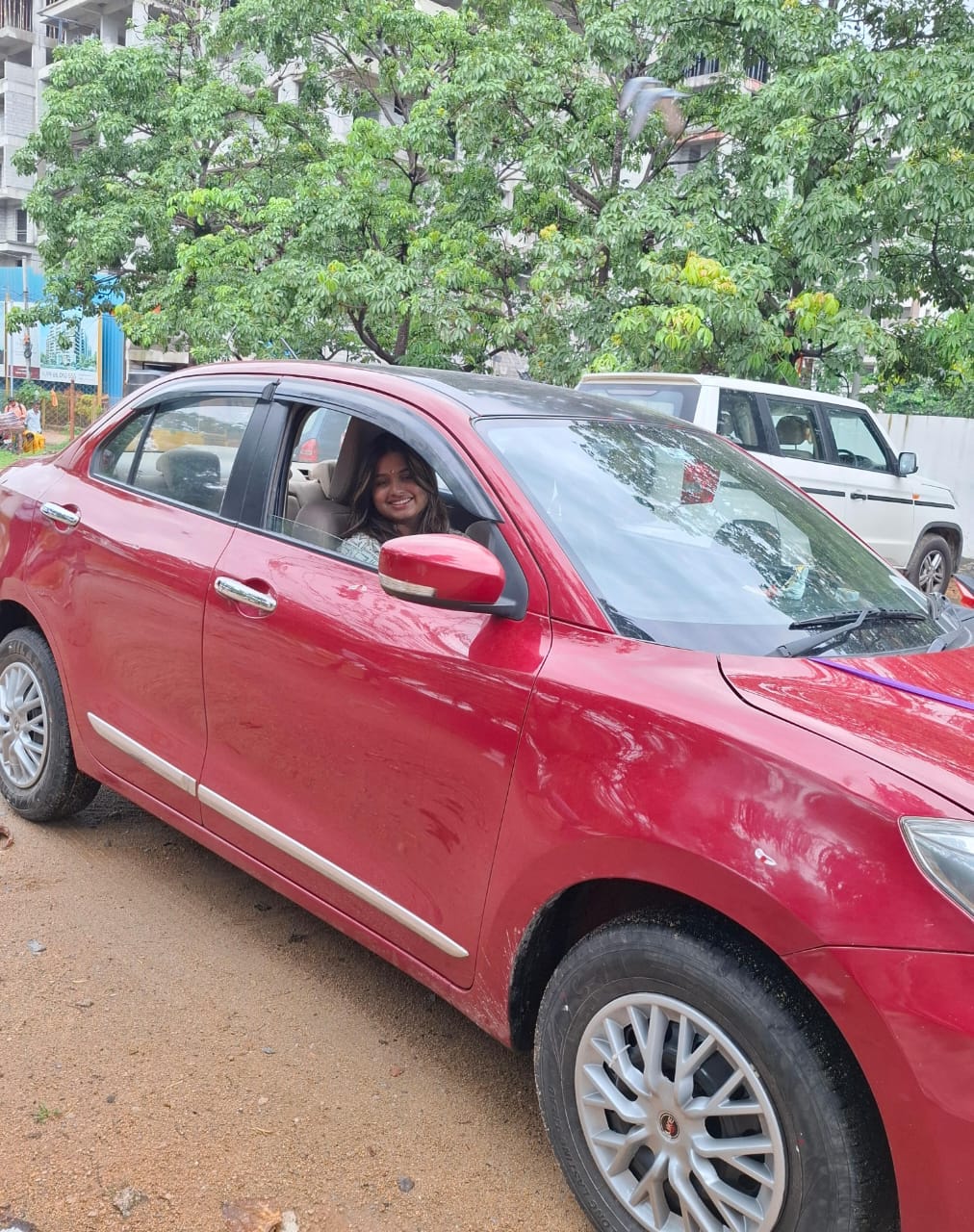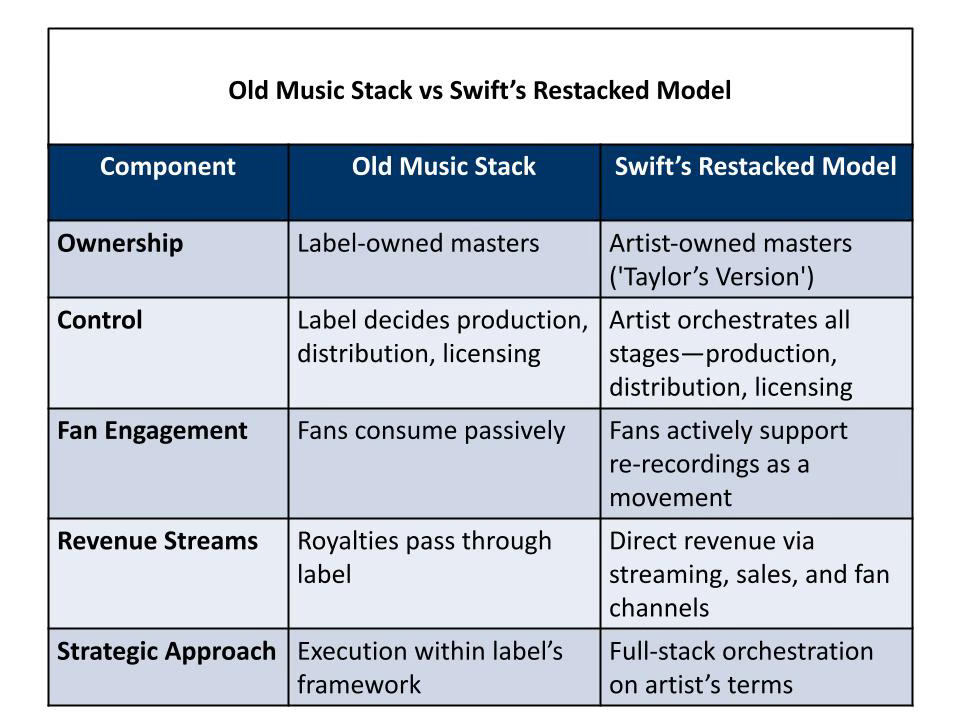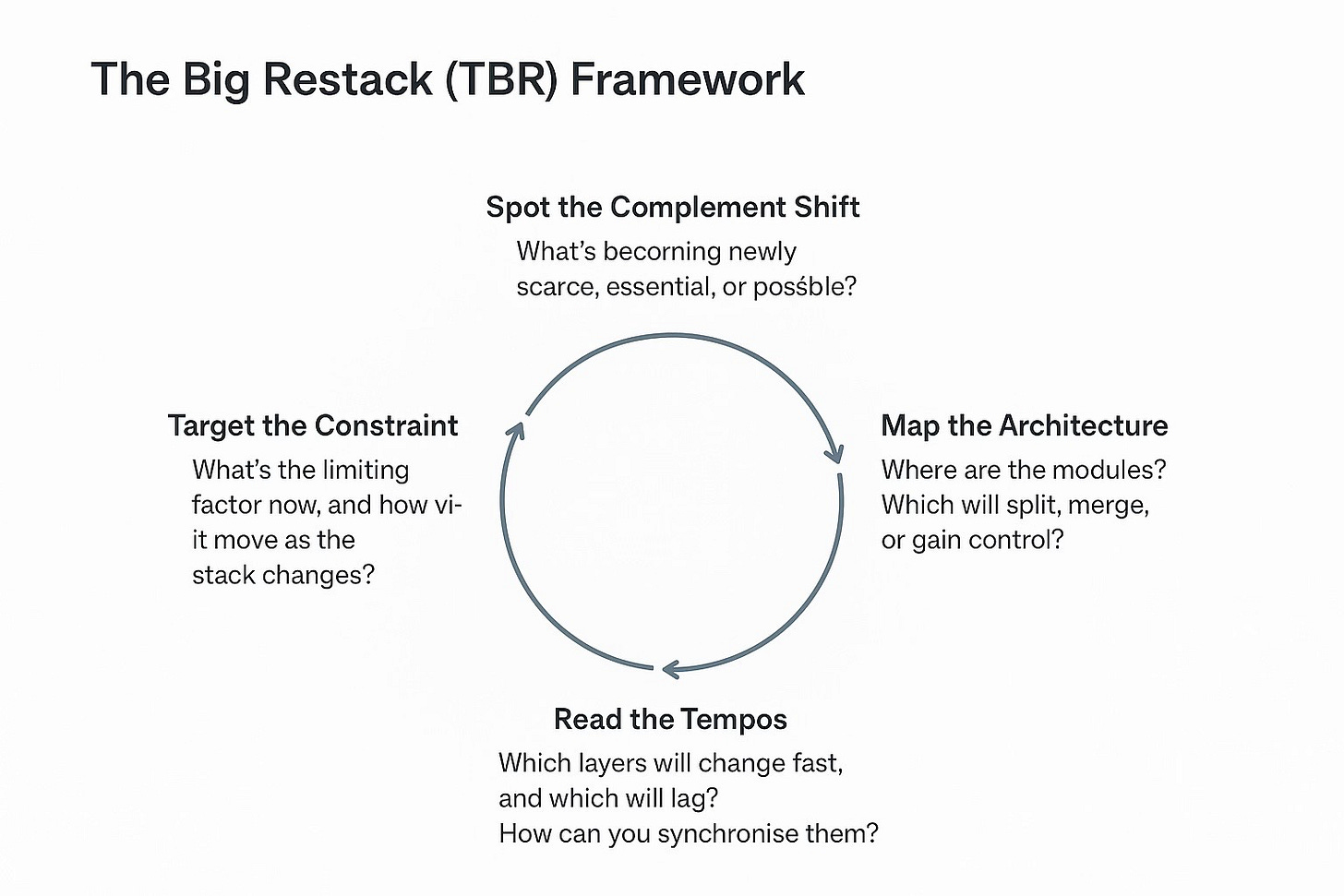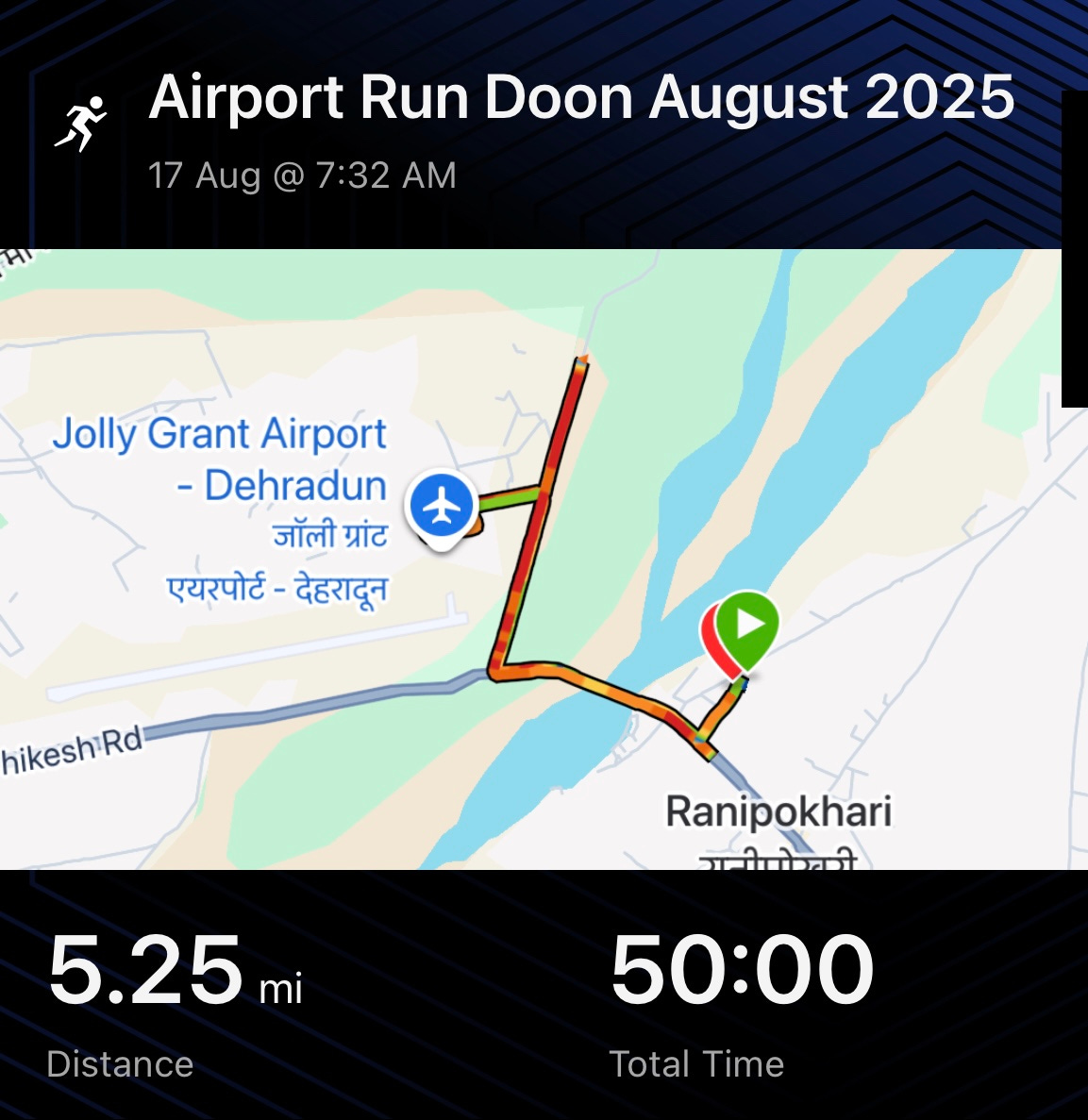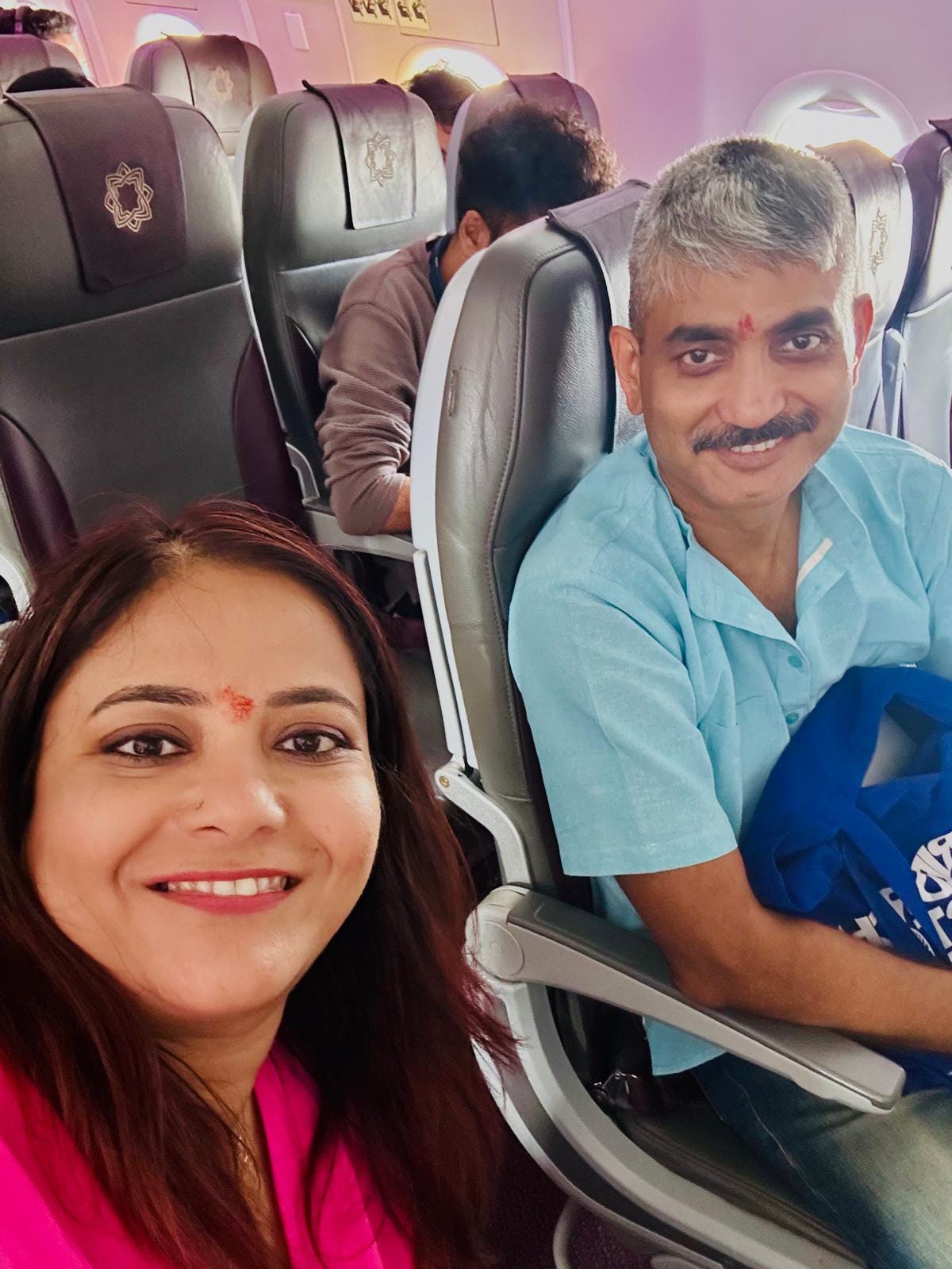This week, Aru’s 21st birthday arrived—a reminder that life keeps moving, generation to generation, song to song, story to story. That same day, the world heard news of a new album on its way (more on this later.)—an artist reclaiming and restacking her story, just as Aru begins to write hers. The timing felt uncanny, almost as if the universe had chosen to score her growing-up years with a soundtrack of reinvention and courage.
In her laughter, in the way she already claims her own favourites and allegiances, I see both the child I still carry within and the future I cannot yet imagine.
As one of my favourite poet writes about children-
And a woman who held a babe against her bosom said
"Speak to us of children"Your children are not your children
They are the sons and daughters of life's longing for itself
They come through you but not from you
And though they are with you yet they belong not to youYou may give them your love but not your thoughts
For they have their own thoughts
You may house their bodies but not their souls
For their souls dwell in the house of tomorrowWhich you cannot visit, not even in your dreams
You may strive to be like them
But seek not to make them like you
For life goes not backward, nor tarries with yesterdayYou are the bows from which your children
As living arrows are sent forth
The archer sees the mark upon the path of the infinite
And he bends you with his mightThat his arrows may go swift and far
Let your bending in the archer's hand be for gladness
For even as he loves the arrow that flies
So he loves also the bow that is stableKahlil Gibran, The Prophet
This past week, the coincidences stacked themselves in ways I couldn’t have planned. Old friends resurfaced with stories that reminded me of our own fumbling twenties, the nephews and nieces carried the bright restlessness of youth, and I found myself back at the airport fence where once, as children, we stretched our necks to glimpse a world taking off.
I also believe what these gatherings and runs, surprises and announcements teach us: that we are always in motion, crossing runways of time, and the best we can do is celebrate who we’re becoming alongside those we love.
DTW
During the Week, Taylor Swift unveiled her 12th studio album ‘The Life of a Showgirl’ and in the process made the premiere on New Heights YouTube Channel abruptly cut to black owing to “technical difficulties”.
Taylor Swift’s trajectory over the past decade reads less like that of a pop icon and more like a shrewd business strategist who understands platform-era economics. Her decision to re-record her early albums after losing control of her masters wasn’t merely an artistic statement — it was a calculated restructuring of her revenue base, IP ownership, and distribution channels. By controlling her catalogue, orchestrating direct-to-fan engagement via social media, integrating live events, and leveraging streaming as a distribution layer rather than a gatekeeper, Swift has collapsed what was once a long, linear chain of intermediaries into a tighter, self-owned, monetisation engine. Each move — from merch drops tied to album releases to exclusive streaming partnerships and dynamic pricing for tours — reflects a deliberate shift from dependency on industry incumbents to owning the entire stack of creation, distribution, and fan relationships.
This “restacking” of the music and entertainment industry mirrors broader trends playing out in other creative sectors. In film, creators are bypassing traditional studios via direct-to-streaming releases while retaining more IP rights. In gaming, developers integrate content creation, monetisation, and community management within their own ecosystems. In sports, athletes are building media channels, apparel lines, and fan platforms that exist independently of leagues. Across these domains, the same forces are at work — consolidation of control, disintermediation of legacy players, and orchestration of multiple value streams within a single platform-centric model. Swift’s playbook is not just a celebrity’s rebellion; it’s an early blueprint for how creators in any industry can rewire the stack to capture more value, move faster, and build a resilient, direct relationship with their audience.
In fact, a recent McKinsey’s 2025 tech trends analysis spotlights a cluster of forces reshaping industries—AI at scale, generative AI-enabled software development, digital twins for advanced design, hyperconnected industrial IoT, clean-energy tech breakthroughs, and next-gen cloud architectures. These trends are not isolated; they act as force multipliers when combined. For instance, cloud-native development paired with AI models accelerates product innovation, while digital twins integrated with IoT data streams enable predictive and autonomous operations. The report notes an inflection point where the commercial viability of these technologies converges with enterprise readiness, creating urgency for businesses to reconfigure both capabilities and operating models.
The report also points to deep structural shifts in technology and business ecosystems. First, talent pipelines are being redrawn, with skills in AI model governance, cybersecurity, and climate tech in short supply. Second, value pools are migrating across sectors—cloud hyperscalers are moving into enterprise services, while industrial incumbents are building platform-based ecosystems. Third, regulatory landscapes are becoming more interventionist, particularly around AI transparency, data sovereignty, and emissions reporting. These changes alter the cost structures, competitive boundaries, and innovation speed across industries. The structural reality is that technology adoption is no longer a bolt-on; it is fundamentally redefining business architecture and market positioning.
Key structural dynamics include:
Fast-moving innovations colliding with slower layers—for example, AI experimenting quickly, while regulation and infrastructure lag
New ecosystem players emerging—semiconductor specialists and AI “agents” are becoming central complements, redefining industry architecture.
Scaling challenges—not just limited to tech, but also in talent, supply chains, and policy ecosystems.
Architectural shifts—AI pushes toward modular, “agentic” systems, fundamentally restacking workflows and value chains.
The Big Restack Framework (TBR) offers a structured, repeatable method for navigating industry transformation. It recognises that shifts in technology, regulation, customer behaviour, and competitive dynamics are not isolated events but interlinked forces that demand coordinated adaptation across business, technology, and revenue models. At its core, TBR revolves around four diagnostic lenses—Spot the Complement Shift, Map the Architecture, Read the Tempos, and Target the Constraint. These lenses operate in a continuous loop, ensuring that leaders can detect structural changes early, orchestrate responses systematically, and maintain alignment between strategic vision and operational execution. By treating restacking as an ongoing process rather than a one-time transformation, TBR enables sustained advantage in volatile, complex, and fast-moving markets.
The Business Stack is being reshaped as operating models adapt to AI-driven workflows, regulatory compliance, and platform economics. The Technology Stack is fragmenting and recombining through modular cloud services, AI APIs, and energy-efficient hardware, demanding more integration fluency. The Revenue Stack is evolving as recurring, usage-based, and ecosystem monetisation models overtake traditional sales.
Spot the Complement Shift
The first lens asks: What’s becoming newly scarce, essential, or possible? Complements—products, services, or capabilities that enhance the core offering—are often the first indicators of structural change. A technology shift might suddenly make a capability feasible at scale, or a regulatory change might make a once-abundant resource scarce. This step affects all three stacks: business models must reorient to capture new value, technology infrastructure must integrate or support the new complement, and revenue models must monetise it appropriately. Missing a complement shift risks conceding advantage to competitors who spot and act on it first. Firms that excel here actively monitor ecosystems, experiment rapidly, and develop capabilities to pivot towards newly critical complements.
Map the Architecture
Here, the question is: Where are the modules? Which will split, merge, or gain control? Every market has an underlying architecture—a set of interconnected modules, from components in a tech stack to roles in a supply chain. Power shifts occur when a module becomes a bottleneck, control point, or differentiator. Mapping these shifts allows leaders to decide which modules to own, which to outsource, and where to form partnerships. For the business stack, this can mean restructuring the organisation; for the technology stack, it can mean modularising systems for flexibility; for the revenue stack, it can mean capturing value from emerging control points through pricing or access strategies. Accurate architectural mapping underpins strategic positioning.
Read the Tempos
The third lens focuses on Which layers will change fast, and which will lag? How can you synchronise them? In any system, different layers move at different speeds—customer expectations may shift monthly, while infrastructure evolves over years. Misaligned tempos lead to waste, friction, or missed opportunities. Synchronising change ensures that fast-moving elements (like product features) can exploit opportunities without being constrained by slow-moving elements (like regulatory approvals or large-scale infrastructure upgrades). In TBR, this lens informs sequencing: deciding which investments to front-load and which to stage. Organisations that read tempos well design adaptive roadmaps, balancing agility with stability across business, technology, and revenue stacks.
Target the Constraint
Finally: What’s the limiting factor now, and how will it move as the stack changes? Every system has a constraint—whether it’s a skill shortage, technology bottleneck, market adoption hurdle, or financial limitation. Targeting the constraint means not only resolving today’s bottleneck but anticipating tomorrow’s. This requires scenario thinking: as the stack evolves, the constraint migrates. Addressing it at each stage ensures growth is not stalled by avoidable chokepoints. In the business stack, this may involve capability building; in the technology stack, scaling infrastructure; in the revenue stack, reducing cost-to-serve. The TBR loop returns here before starting again, creating a continuous cycle of detection, adaptation, and constraint removal that sustains momentum in competitive markets.
TBR’s layered approach provides a diagnostic lens to understand not just the adoption of new tech, but how its structural undercurrents require coordinated restacking of strategy, systems, and revenue logic.
OTW
Over the Weekend, I was in Dehradun for a short visit to see family and pleasantly surprise them by arriving unannounced.
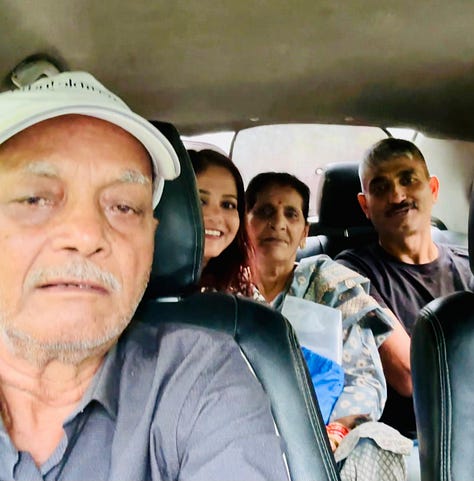
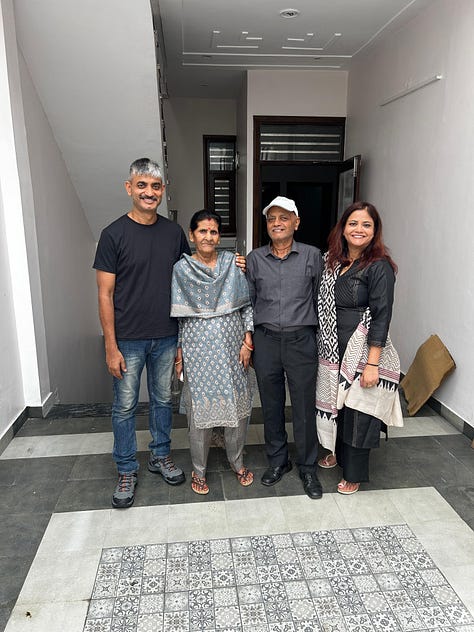
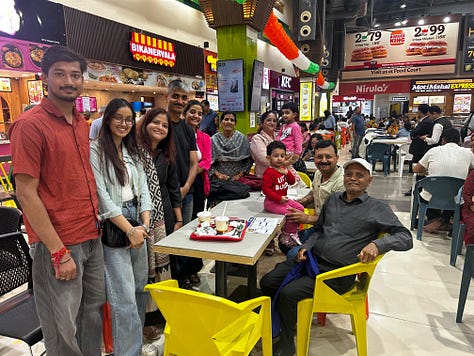
Saturday was a day of people. Old college friends, the kind with whom conversations skip across years as if nothing happened in between. We sat with the ease of shared history, laughing about moments what made us sweat, and tracing where life had carried each of us. Their twin daughters added a playful chaos to the table, reminding me how quickly time folds into itself.
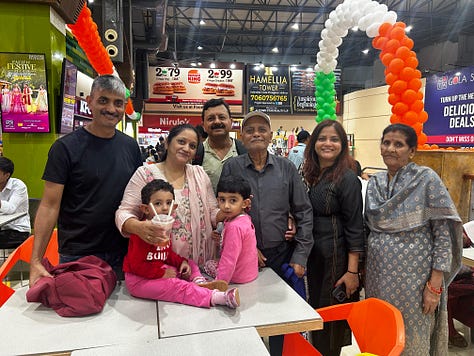
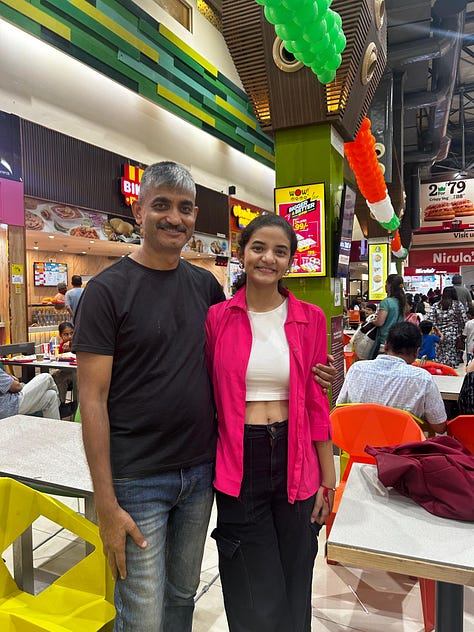
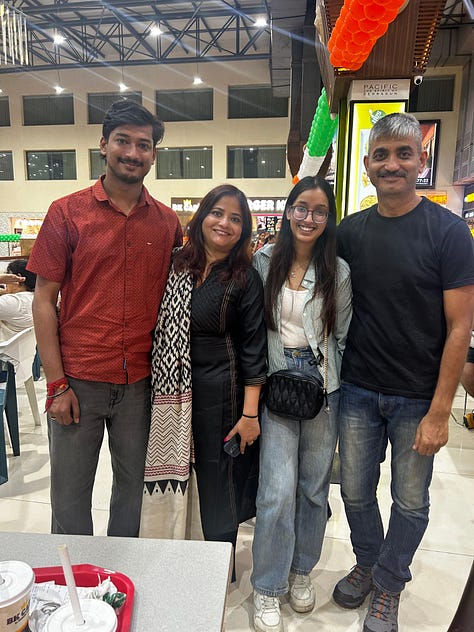
The young ones from the extended family—nephews and nieces now stepping into college corridors or their first jobs—stood at that precise bend in the road where excitement meets uncertainty. Watching them figure out the world carried me back to when I too thought the map of life would be neatly printed, only to discover it was mostly scribbles and revisions.
Sunday morning, I laced up for a five-mile run near our neighbourhood airport. The loop was ordinary, the sort you could dismiss as “just another stretch of road,” but for me it holds a childhood magic. Back then, a morning walk to the airport was a flex for cousins visiting from far away, the closest brush we had with a world beyond our city. We never flew anywhere, but we made our pilgrimages to the barbed-wire boundary wall to watch planes climb and descend, machines of wonder slicing through the sky. Sometimes, disappointments too—the weather turning bad, a flight being cancelled for no clear reason, leaving us stranded near the terminals we never stepped into. Those memories sit somewhere between regret and marvel, the texture of a time when the world felt both out of reach and right in front of us.
Running past that stretch now, with jets roaring behind a 14 feet concrete wall, the years collapsed. I wasn’t just a middling runner keeping pace with his breath—I was also the wide-eyed boy craning his neck through the fence, believing that somewhere in those soaring bodies of steel lay a promise of possibility
.Travel back to Hyderabad followed, uneventful in its logistics but layered in its meaning with its own surprises
In one weekend, I had held both ends of time—the friends who remind me who I was, and the children who show me who’s yet to come. The airport, in its own way, bridged them all: the past, the present, the future.
Running, life, business—they each demand the same thing: to keep moving while carrying the weight of memory, regret, and hope. That rhythm is what stitches it all together.
I love you.
Shailendra
PS-
PS. Out on the road, somewhere between mile 22 and the finish line of a marathon, it always hits me as what running marathon really is — not a test of muscles, but a constant restacking. The complements shift as you adjust to the day’s conditions: the rhythm of your breath, the SAG breaks, sometimes even the smile from a stranger on the sidelines. The modules flex when the road surprises you — a sudden climb or a route diversion, a blister, or the joy of catching a second wind. Architectures only work if all the moving parts stay in sync — posture, pacing, hydration, grit. And constraints? They are the truth-tellers. Heat, fatigue, pain — you don’t conquer them, you work around them, make peace with them, fold them into the stack.
Life and business aren’t any different. We think in fixed systems, neat plans, final blueprints. But the real game is fluid. Priorities need restacking, alliances need restacking, even our own self-belief sometimes needs restacking. The winners aren’t the fastest or the strongest. They’re the ones who notice what’s wobbling, rebalance with care, and keep moving.
Running teaches this in every stride: restacking isn’t a failure or a fallback. It’s the craft of staying alive to change, of refusing rigidity, of finding flow again and again. Perhaps that’s the way forward — in sport, in business, in life.



